Back to the Future: Is Manufacturing Returning to Cities?
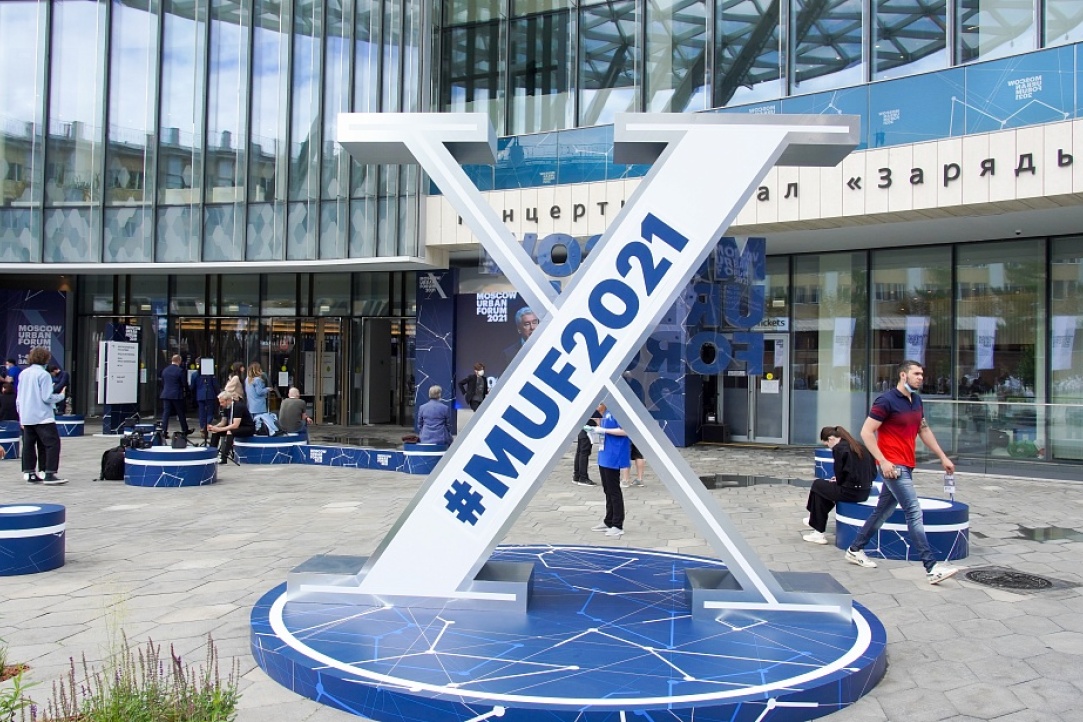
Are cities set to become industrial centres again? Are migrants integrating in Russia? How are city dwellers taking advantage of micro-mobility? Experts from the HSE Faculty of Urban and Regional Development (FURD) took part in Moscow Urban Forum. This year the topic of the Forum was ‘Superstar Cities: Transforming for Success’.
Prioritizing Multifunctionality
Participants of the business programme’s panel discussion on ‘Cities of Making. Should Cities Become Centres of Industrialization Again?’ included Gleb Vitkov, Director of the HSE FURD Centre for Infrastructure and Urban Planning, Tatiana Guk, Director of the Institute of the General Plan of Moscow, Tatyana Polidi, Executive Director of the Institute for Urban Economics, and Adrian Hill, Researcher and Project Coordinator of the Cities of Making Project. The moderator of the discussion was Anton Finogenov, Deputy General Director of DOM.RF.
Adrian Hill spoke about the growing trend of relocating industrial zones away from urban areas, as well as how enterprises aid in the sustainable development of urban settlements. Research shows that industrial enterprises in big cities often engage not only in manufacturing, but also in design, research and development. These fields are growing further apart geographically, and maintaining connections between them plays an important role in the development of urban economies. Mr. Hill noted the downsides of situating manufacturing enterprises within city limits: noise, air pollution, incompatibility with other forms of land use, and decreasing incomes. On the other hand, advantages include R&D, developments in technology and innovation, the ability to overcome crises using process flexibility, and more effective use of resources in a single space.
Tatyana Polidi examined the impact of industrial enterprises on city economies. According to her data, the manufacturing industry accounts for 16% of Moscow’s economy. However, this is not the norm for other major urban areas in Russia, where manufacturing can account for up to 30% of a city’s economic structure without achieving the expected outcomes. However, she concluded that the sector remains essential, as it creates links between knowledge-intensive technology fields and the production of consumer goods. In Moscow, 46% of economic activity takes place within the Third Ring, which occupies only 6% of the city’s total area. Ms. Polidi sees considerable potential for small businesses and start-ups within the area.
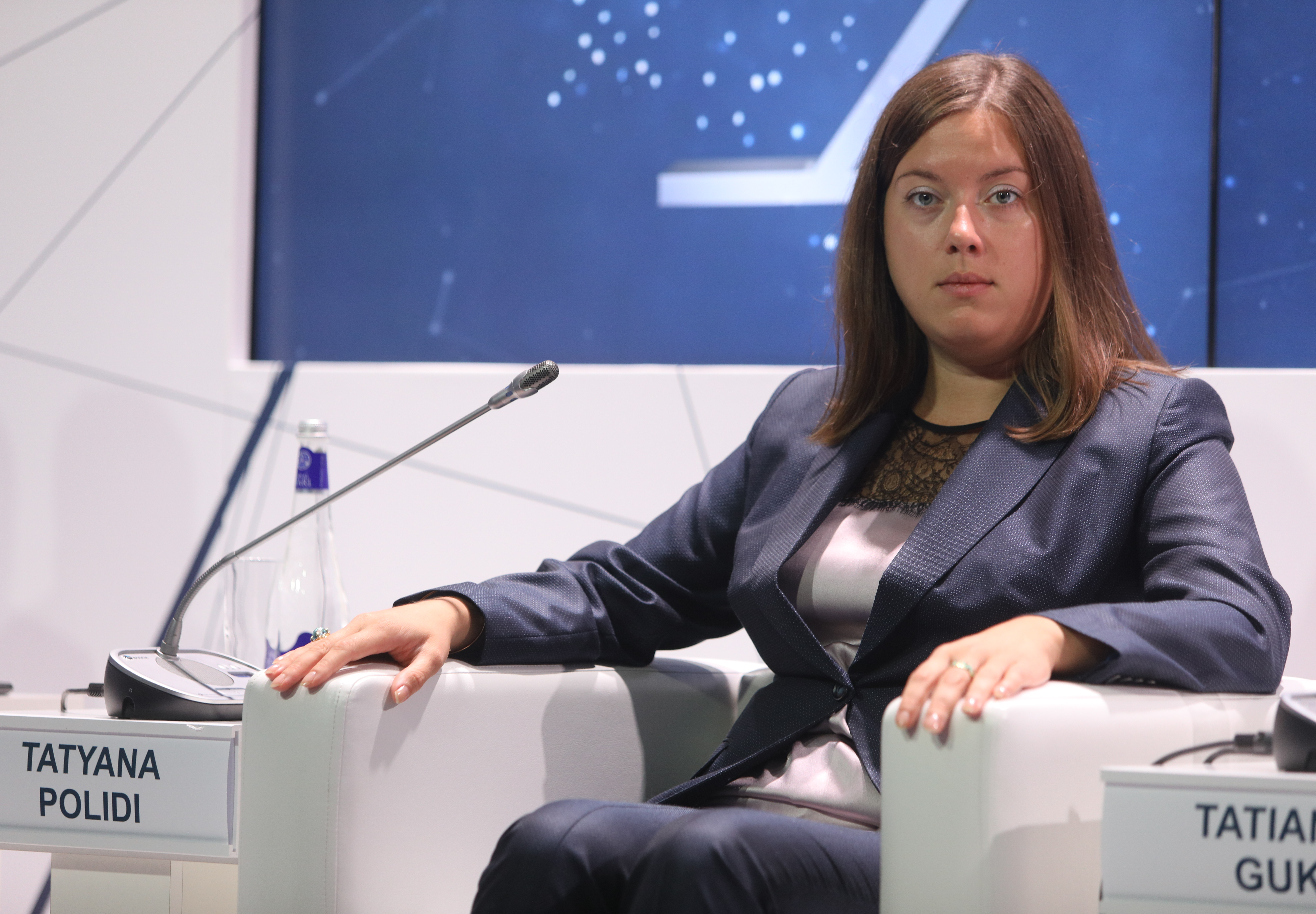
Tatiana Guk spoke about changes in land use structure over the last five years and the forecast for the future according to the Moscow 2050 foresight study. Traditionally, industrial areas have stood apart from city life and have essentially functioned as enclaves. The development of transport infrastructure in recent years improves the urban development potential of industrial areas. Ms. Guk believes them to be good sites for manufacturing facilities, as well as banking and financial companies. She stresses that former industrial areas should prioritize multifunctionality.
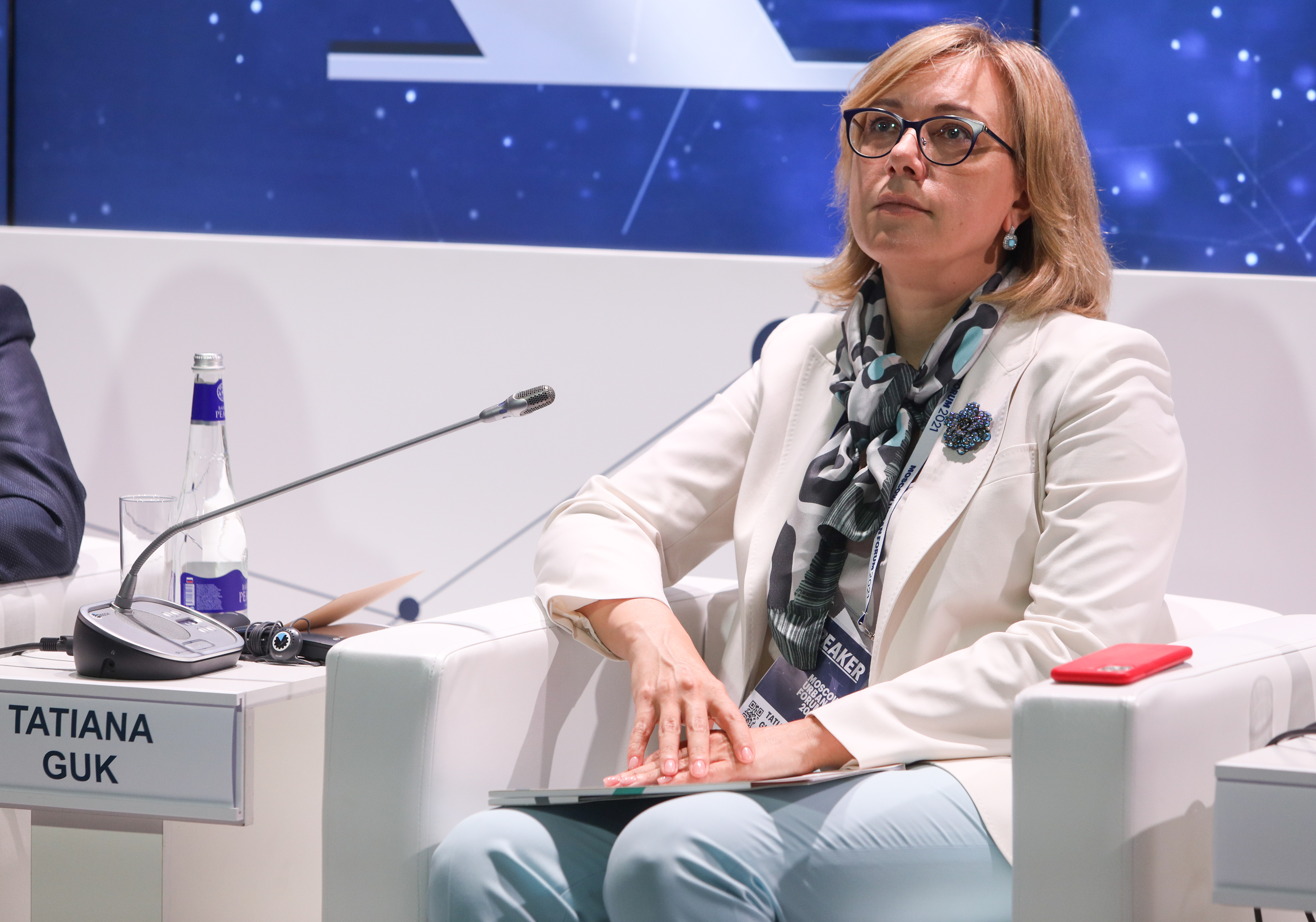
Gleb Vitkov spoke about current global trends in the urban placement of industrial enterprises. He noted that there are already numerous examples—including unconventional ones, such as a waste-incineration plant in the centre of Vienna and a waste-processing facility in Copenhagen with a recreation area on its roof. These kinds of projects illustrate the capabilities of modern technology and its ability to seamlessly integrate industrial areas into the fabric of city life.
There is a growing global trend to situate manufacturing facilities on university campuses, with active input from universities. This creates a synergy between technology and the latest academic knowledge
Mr. Vitkov cited the example of a small university in Lahti, Finland, where one of the university buildings is located on the premises of a local furniture manufacturer. The company was interested in staff development and retaining local talent, so it invested in new educational programmes, hiring new teachers, and promoting ongoing education among its own staff. In Russia, however, we see the opposite trend: cities are trying to push campuses and manufacturers further outside their boundaries. This runs counter to the logical approach of utilizing local resources by creating centres of cooperation between universities and high-tech production facilities.
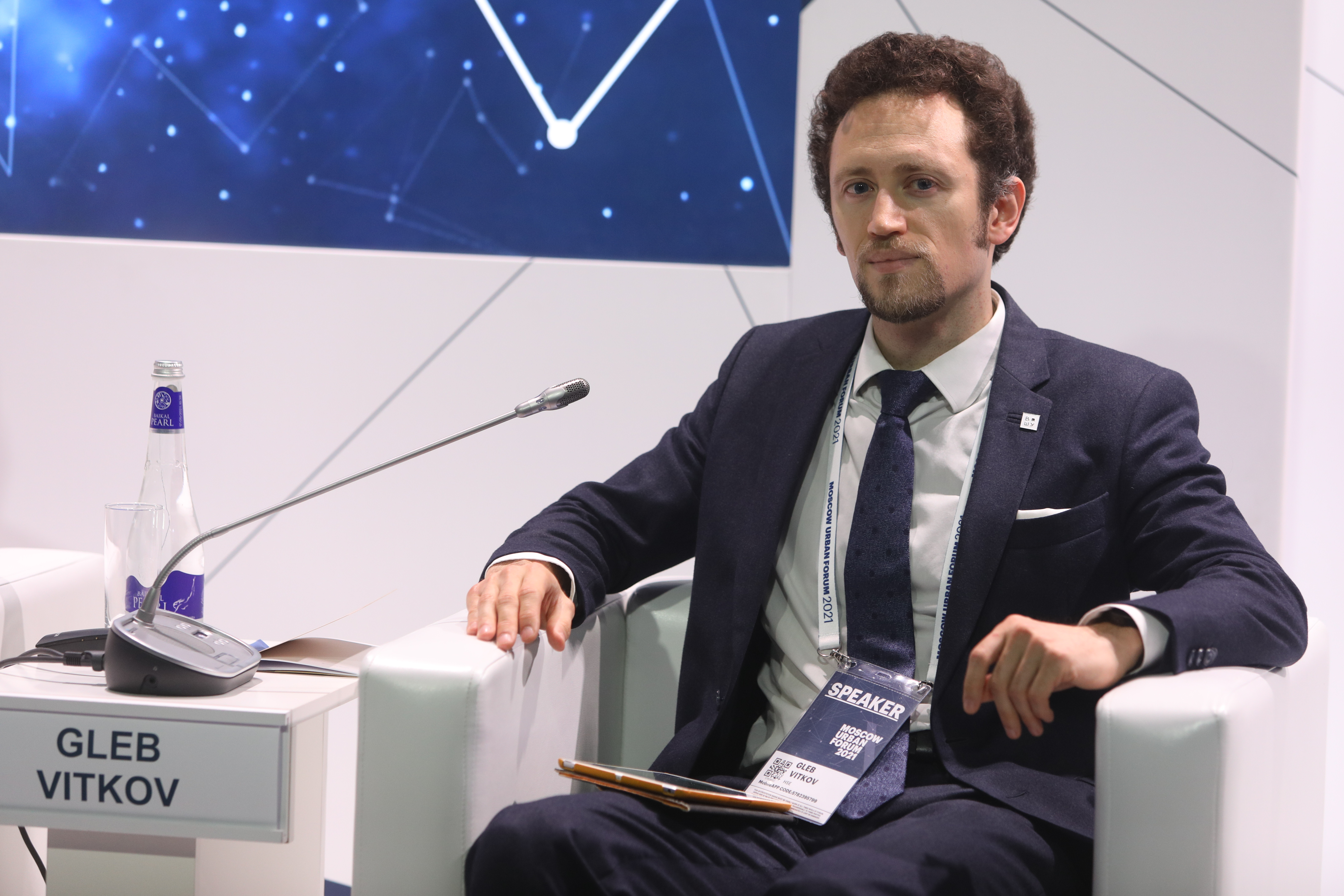
Mr. Vitkov also highlighted green innovations and so-called ‘light industrial’ trends—small manufacturers, located close to market outlets, that can easily integrate into residential urban areas. One notable example of green innovation is Denmark’s Kalundborg Symbiosis project, in which manufacturers, businesses and local municipalities cooperate within a region to create a sustainable cycle based on shared resources. The idea is that surplus resources and production waste from one company can be put to use by a different one, benefitting both the environment and the city economy. This symbiotic approach extends the usefulness of resources, minimizes waste, and saves money.
He concluded by noting that a key issue with industrial areas is their excessive size, so a main objective for the near future should be learning to plan, negotiate and manage spatial resources effectively.
Integration of Migrants
Evgeny Varshaver, Lecturer at FURD, Head of the Group for Migration and Ethnicity Research, Senior Research Fellow at RANEPA, gave a lecture on ‘Migrant Integration: Is It Happening?’ as part of the forum’s business programme.

Mr. Varshaver opened his talk by stressing the importance of defining and understanding the language we use when we talk about migration. When examining migration practices both in Russia and abroad, the four key terms to consider are assimilation, inclusion, adaptation, and integration. When talking about the US, we say ‘assimilation’ (as the word ‘integration’ has been used to discuss race relations). In Europe, the term ‘assimilation’ fell out of favour after WWII due to its association with Nazism, under which it was used to refer to Jews. While ‘integration’ is now the preferred term, the two words have the same meaning, he explained.
The word ‘migrants’ was not widely used in Russian discourse before the mid-2000s, though the phenomenon it refers to did exist. The term started gaining traction once large numbers of people from Central Asia started migrating to Russia.
In Russia, integration primarily occurs through social links and personal relations. The main aspects of the integration process are culture, structure, and identification. Mr. Varshaver believes that the integration process for migrants in Russia is quite successful, stating that ‘it’s fair to call Russia a champion among host communities’.
One reason for this is that there is no tradition of migrant enclaves in specific regions in Russia
There is a degree of ethnic concentration, but it is not pronounced, and schools in many cities have long been mixed. While negative attitudes exist and outbursts of racial hatred do occur, ‘generally, Russian society is tolerant of migrants’.
Successful integration of migrants can be encouraged by facilitating interactions between migrants and host communities. Mr. Varshaver cited an initiative by the German police, under which groups of female migrants from Asian countries are taken on tours of Berlin. This allows them to see parts of German society that they have never seen before, despite having lived in the country for many years in some cases. The migrants are then invited to a police station and told of the kinds of help they can receive. There have also been successful initiatives in Moscow, such as a video contest in the Kapotnya district in which migrants were invited to make videos about where they live. The winning video was made by an Armenian citizen who moved to Moscow many years prior.
Scooters and a Human-Centred Approach
Andrey Borisov, head of the Transport Planning Master’s programme at the HSE FURD Vysokovsky Graduate School of Urbanism, spoke with Dmitry Chuyko, founder and CEO of the e-scooter rental company Whoosh, on the topic of ‘Safety and Micro-Mobility’.

Andrey Borisov explained that the popularity of micro-mobility transportation is a result of a human-centred approach to modern urban planning. ‘There is a concept of a “15-minute city”’, he said. ‘If you’re on foot, you can travel 0.8–1.2 km in that time. There aren’t going to be a lot of opportunities within that radius, but with an e-scooter, you can travel 4–7 km’.
According to Dmitry Chuyko, companies like his provide micro-mobility transportation rental to meet the need for short-distance transportation: ‘We are not talking about renting an e-scooter to ride around the park’. Demand is growing rapidly.
That’s why issues of safety are crucial, Mr. Borisov emphasized. He then asked whether legislative changes are needed. ‘There has been a lot of talk recently about e-scooters being unsafe’, replied Mr. Chuyko. There are no objective statistics on accident rates, ‘but recently, Maxim Liksutov, Deputy Mayor of Moscow, stated that 92% of e-scooter incidents in Moscow involve private scooters. Only 8% involve rental scooters’.
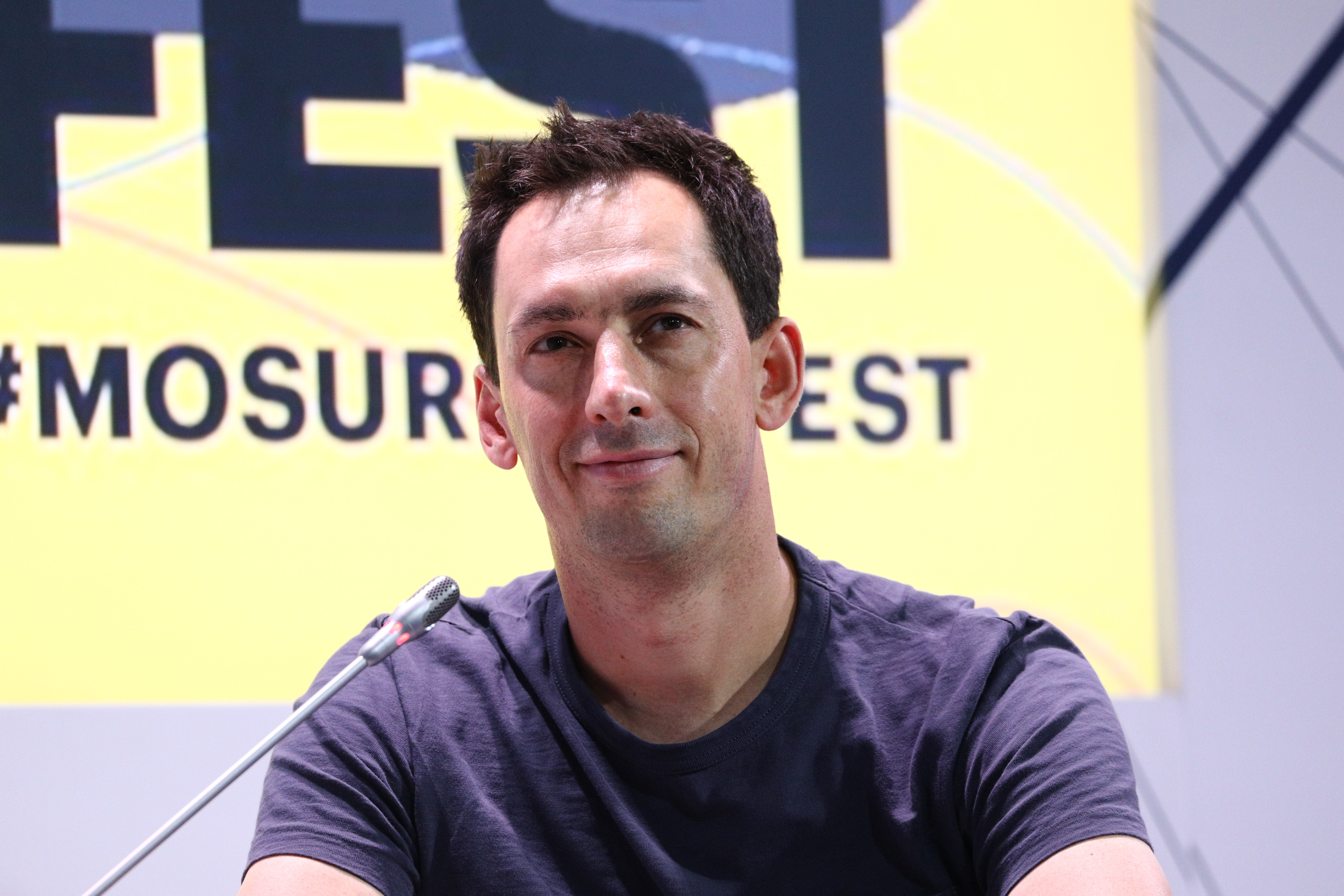
Andrey Borisov also highlighted the need to be able to identify the users of e-scooters, hoverboards and other micro-mobility vehicles.
He noted that Russian legislators are working on a bill to introduce amendments to traffic legislation pertaining to individual mobility vehicles. He asked whether the rules need changing and which aspects of individual mobility vehicles should be subject to restrictions.
Mr. Chuyko said that as far as he is aware, the amendments are not aimed at limiting the power of such vehicles to 250 watts as originally intended, but to introduce a weight limit of 35 kg. He considers this a reasonable measure, as heavy vehicles are capable of causing serious damage in collisions. He explained that his company’s scooters already comply with such proposals.
New rules are needed, but only once appropriate categories have been determined for these kinds of vehicles
And of course, speed limits are required. A speed limit of 25 km/h is reasonable, and drivers must slow down when nearing pedestrians.
Now is the time to talk about developing a shared traffic culture, including among pedestrians and the drivers of micro-mobility vehicles.
The number of such vehicles on the roads has increased dramatically in recent years. According to Dmitry Chuyko, rental companies share the responsibility of fostering this culture.
Gleb Vitkov
See also:
HSE Discusses Urban Development Prospects at the Vysokovsky Forum
The annual Vysokovsky Forum, organised by the Faculty of Urban and Regional Development, was held at HSE University. Officials, business representatives, teachers, and experts gathered to discuss whether development projects should be adapted to residents' needs, whether New Moscow could become a new centre of attraction, and what benefits HSE will gain from launching a new academic department in partnership with A101 Group.
Researchers at HSE University Identify the Most Walkable Areas in Moscow
Experts at HSE University and Lomonosov Moscow State University examined the available data on Moscow's walkability and found the central and south-western parts of the city to be more walkable than others. However, the eastern and south-eastern areas are in need of improvements to make them more pedestrian-friendly. The study has been published in Cities.
HSE University Urban Planners Take Part in Global Mayors’ Forum in Guangzhou, China
A team from HSE University's Faculty of Urban and Regional Development took part in the Global Mayor’s Forum—a global event in urban development. Held in December 2023 in Guangzhou (PRC), the largest congress of urban planners brought together more than 800 guests from 65 cities and 37 countries, as well as nine international organisations.
Card File: Travel Diary
Optimising a city's transportation system requires insights into the dynamics of urban traffic to understand where, how, when, and to what extent people travel within the city. The rationale behind route selection and the choice of transportation mode are also of importance. The primary source of this data is the travel diary, a tool designed to survey people's transport behaviour. Based on a paper by Maria Sergienko, a master's student of the HSE Faculty of Urban and Regional Development, IQ.HSE examines how people's daily travel can be described in detail and why an automated diary cannot yet completely replace its manual counterpart.
‘Seeing Moscow Ranked First among the Cities of BRICS Countries Is Pleasant, but Not Surprising’
An international consortium of research organisations from China, India, and Russia, including HSE University’s Faculty of Urban and Regional Development represented by experts from the Vysokovsky Graduate School of Urban Studies and Planning and the Centre for Social Research and Technological Innovation (CITY), is developing an index of technological and spatial urban development (the Urban & Innovation Environment Index). Recently, a list of the top 10 largest cities of the BRICS countries was published on the project’s website. The Russian capital took the first place in the ranking, followed by Beijing, Shanghai, Sao Paulo, and Guangzhou.
Summer University 2023: ‘A Good Introduction to Urban Studies’
At the start of August, HSE University held the tenth annual Summer University. This year’s programme took the form of a workshop on urban studies. The participants attended four courses from HSE University faculty and invited experts and worked on their own projects to develop a cultural heritage site. Jung Woo Lee, from South Korea, shares his impressions of the Summer University.
‘The Virtual City Is Joining the Real One at the Forefront’
HSE University has launched enrolment in a new online Master’s programme in Digital Urban Analytics. In this interview, the programme’s Academic Supervisor Ekaterina Zarudnaya and its Scientific Supervisor Kirill Puzanov speak about the processes and tasks generated by the online city, the demand for urban analysts, and the specifics of studying in the programme.
A City in Your Mind: HSE Urbanists on Perceptions of Place and Imagined Neighbourhoods
Associate Professor Kirill Puzanov of the HSE Vysokovsky Graduate School of Urbanism and HSE University Professor Oleg Baevskiy have held lectures at the Red Square Book festival. They talked about perceptions of the city, its private and public aspects, chamber and representative spaces, and imaginary (or ‘vernacular’) areas. The open lectures took place as part of the HSE University Open to the City project.
Two Worlds of Residents: Car Owners Look at Shared Urban Courtyards Differently from Pedestrians
Researchers from HSE University and St. Petersburg State University of Architecture and Civil Engineering (SPSUACE) used eye tracking to study how residents who own cars and those who don’t look at the shared courtyards of multistorey apartment buildings. The study was published in Urban Forestry & Urban Greening.
‘It Takes a Team to Develop a City’
What is urban planning? What is the ‘stranger effect’ and why do we need a multidisciplinary approach in education? School Head and Associate Professor Kirill Puzanov spoke with the News Service about what students learn and how in the Vysokovsky Graduate School of Urbanism, which celebrates its 10th anniversary this year.


